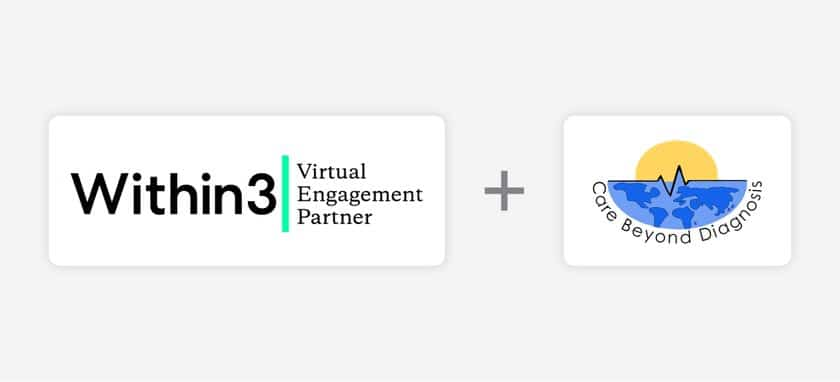The faster a new medical technology, drug, or biologic gets to market, the faster patients benefit, the faster innovators recoup their R&D investments, and the longer organizations can benefit from exclusivity before patent expiry. But what processes in this stage are opportunities for acceleration, and how can teams work to optimize pre-clinical insights?
Pre-clinical testing is a time-consuming, expensive requirement for new FDA Class II or III devices, new drugs, and biologics. Based on regulatory requirements – particularly for safety – some aspects of pre-clinical testing for new medical technologies, drugs, or biologics cannot be hurried due to metabolic pathways, surgeon, facility, and materials availability, and required data at intervals up to months or years depending on the technology, indication, or other concern.
Some aspects of pre-clinical work appear ripe for acceleration – mainly contracting and protocol development, given the number of contributors, frequently in different geographic locations, and the importance of clarity in contribution, timing, and documentation.
The pre-clinical players
For a midsize to large medtech or pharmaceutical enterprise with a new technology that requires pre-clinical testing, there are many stakeholders along the path to regulatory approval and commercialization:
- Pre-clinical study director
- Pre-clinical study program managers
- Veterinary staff
- Project, product, or design engineers
- Clinical specialists and engineers
- Quality assurance (QA) staff
- Regulatory staff
- Marketing and commercial team members (particularly for new indications)
- Physicians and associated key opinion leaders
- Participating surgeons and other consultants
- Finance or accounting staff (mainly for contracting and associated items) and others
In many cases, these players are across regions, if not countries and continents. And while these global perspectives benefit from many different experiences and viewpoints, it can be challenging to coordinate far-flung participants in a way that allows everyone equal time to contribute critical expertise.
Typical pre-clinical activity timelines and requirements
According to the Global Center for Medical Innovation (GCMI), typical timelines for pre-clinical studies can vary depending on predicate products, truly novel situations, and the type of regulatory approval required. However, general guidelines include:
- Contracting: 0-8 weeks. This includes protocol development and is highly dependent upon the complexity of the scope of work and negotiations between the sponsor and test facility
- Sponsor facility audit including program and protocol development: 1-4 weeks
- IACUC approval: 10 business days
- Supplies and equipment acquisition: 1-4 weeks
- Study execution: dependent on the length of the study
- Contributing reports: 2-16 weeks, depending on the contributing scientist
- Final report: 2-8 weeks
Understanding that safety and regulatory requirements can limit how much time could conceivably be saved in pre-clinical studies, which of these elements could be accelerated by applying insights management technology? We explore the answers in part two of this series with an expert Q&A – read it here.







